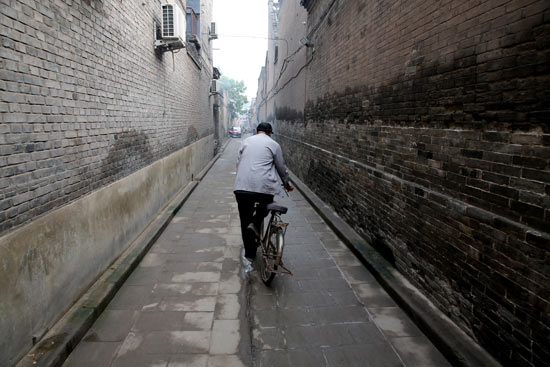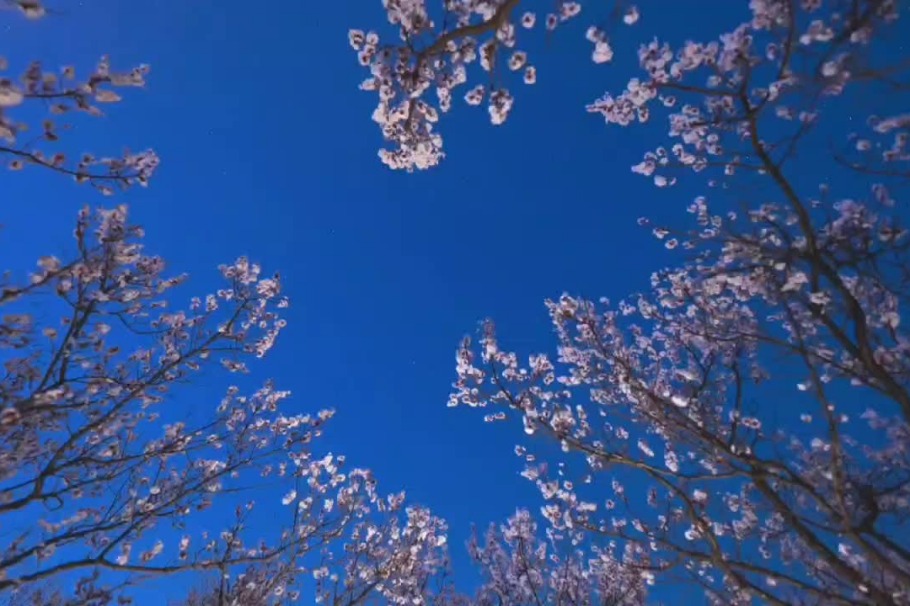News
How to make Pingyao Ancient City a 'livable city'
Updated:2015-04-02 14:54( chinadaily.com.cn)
In order to retain Pingyao's old look, the city must restore a large amount of traditional residential buildings.
Pingyao Ancient City is home to 3,797 traditional residential buildings and other public structures. The conservation of these old structures has been blocked by some problems, such as insufficient funds, disorderly property rights and ineffective regulations. Meanwhile, most of these ancient buildings urgently need restoration, said Chao Zhisheng, head of Pingyao county.
 |
|
A man rides bicycle along the old lane in the Ancient City of Pingyao. [Photo/asianewsphoto.com] |
A survey report made by Tongji University confirmed Chao's worries. The thriving tourism alters many ancient building functions in the city and led to alienation of landscape. Moreover, traditional residential buildings are facing poor conditions for lack of sufficient support in funds, policies and scientific technologies.
In 2012, Pingyao county began a compensatory measure for the restoration of traditional residential houses. It optimized this measure in the following year, with more specific compensatory standards.
The measure motivated the conservation and restoration of traditional buildings in the city. To date, 48 privately-owned traditional residential houses benefited from the government's compensation and assumed its ancient looks. The county plans to restore 39 more such buildings in 2015.
Meanwhile, the trend to transform old building layouts and functions into tourism facilities continues on in Pingyao.
Yin Jinzhi is a tenant in Pingyao Ancient City, but he works out of the city. Though the house is not convenient for travel and living conditions are also sub-standard, the low rent alone is enough to attract Yin.
Yin is one of the tenants in the ancient city. The city's resident structure is different from what it was in the 1980s, when most of the residents were local people with their families.
At present, the city has a population of 20,000 people. It is a rational amount, but an irrational structure. Most of the city's residents are old people as well as shop-keepers and tenants from the outside world.
"The ancient city has no supermarkets, schools and hospitals. Vehicles are forbidden to enter in the day. The sky over the city is always grey during the winter from the boilers," said a native of the ancient city. Now, she works very hard in order to move out of the city.
Ji Taiping, head of the Pingyao county urban and rural planning bureau, said the ancient city would lose its vitality if more and more locals left.
The authorities should have a long-term plan for the ancient city to regulate tourism development and improve its infrastructure and living conditions to facilitate people’s lives, according to Jin.
The conservation plan of the ancient city should guarantee that life goes on in the city and ensure the modernization and comforts of traditional residential buildings. The conservation must be carried out in tandem with livelihood improvements for a “live ancient city”, not a culture museum or a tourism city.
The inheritance of the ancient city, with both its vitality and cultural heritages, is based on the comprehensive consideration of protection, livelihood and development.
Edited by Michael Thai



